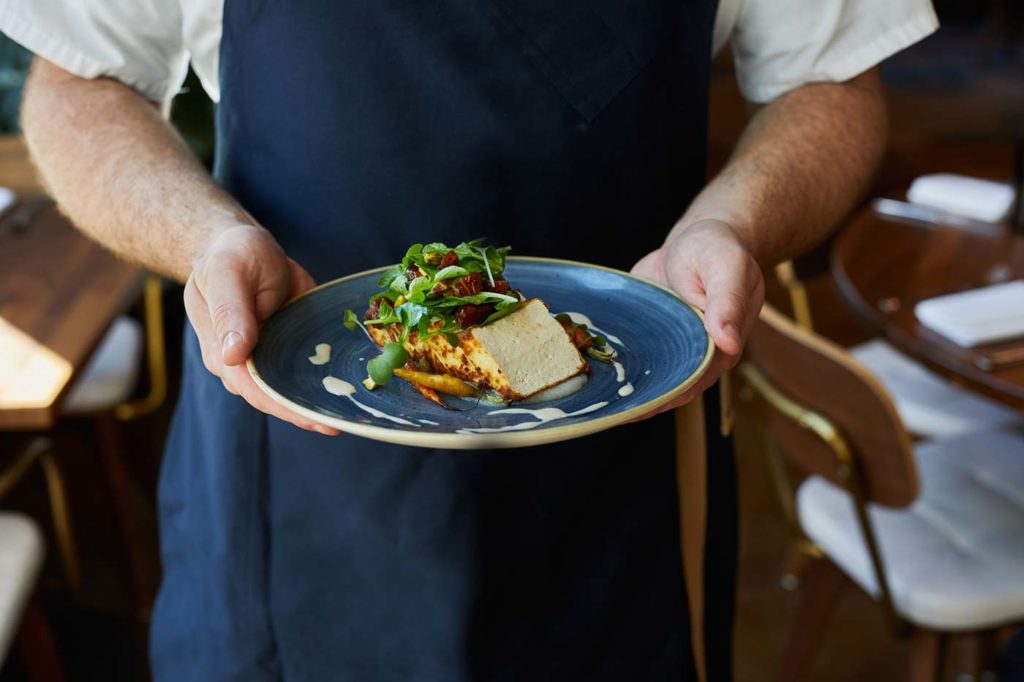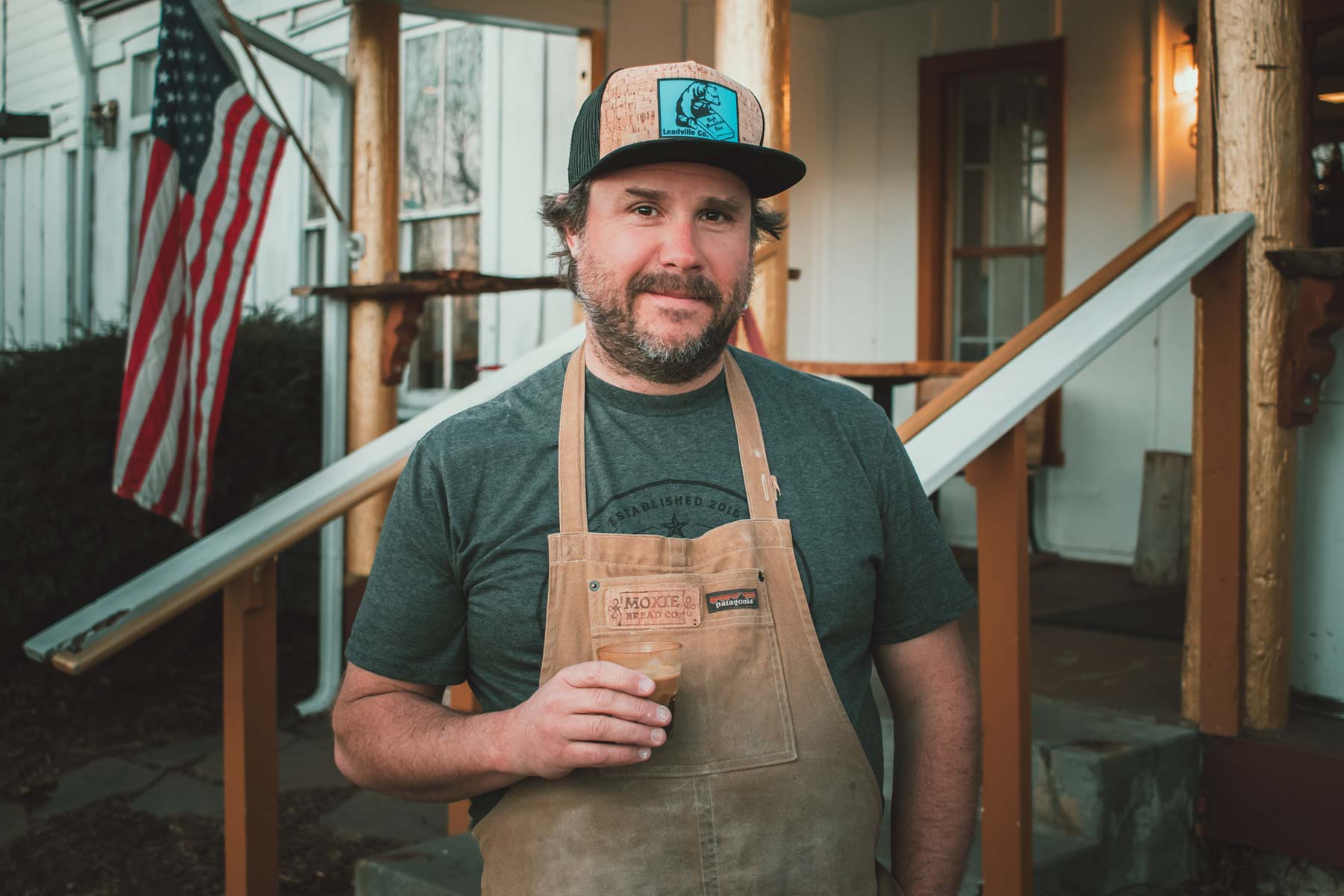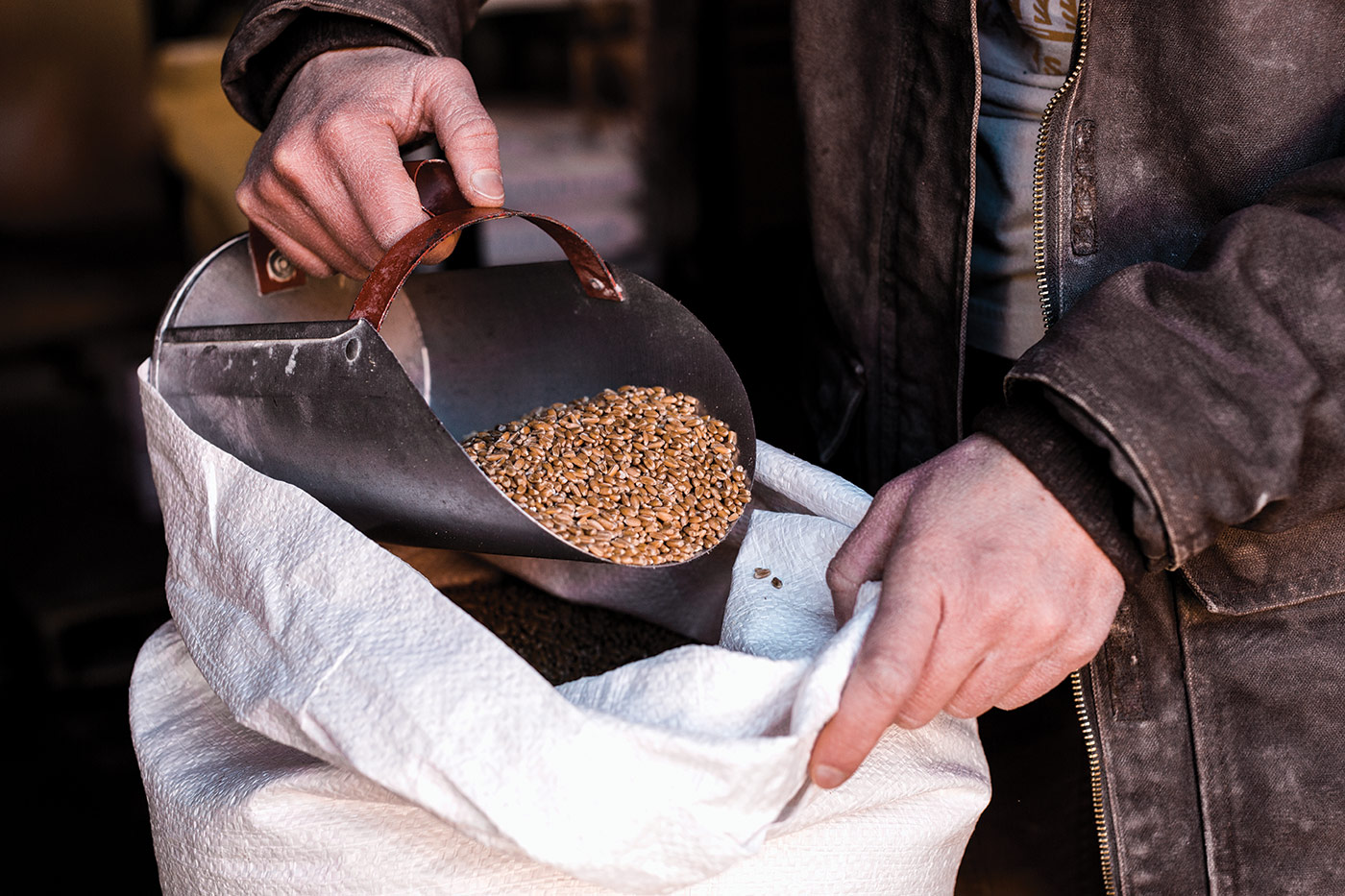Images by: John Robson and Kate Kavanaugh
Meat of the Matter
Kate Kavanaugh and her husband, Josh Curtiss, wake every day before sunrise. Kavanaugh slides into a pair of Curtiss’s worn hemp work pants, throws a wool-lined canvas jacket over her layers, and tops her long, russet locks with her favorite cowboy hat. The couple doesn’t even pause for coffee or breakfast before they step out of their old farmhouse into the milky light of dawn to begin feeding their small menagerie of farm animals: two horses, three cows, a motley and colorful brigade of goats, hens, geese and ducks. Early mornings on the farm are often cacophonous as the animals jostle to be the first ones fed. Big Boy, their huge, black steer, always angles in for a rub as they come near.
Locally known as the owners of Western Daughters Butcher Shoppe, in Denver’s LoHi district, Kavanaugh and Curtiss are working on their latest endeavor in upstate New York: an experimental farm where they can apply the practices of regenerative agriculture about which they are so passionate. Despite the noise, morning feedings are one of the aspects of farm life Kavanaugh enjoys the most. Once a city girl, she loves how the farm connects her with the animals and nature, and that the couple’s life now moves with the sun and the seasons. Beauty aside, though, it’s a hard life.
“There’s not much that’s comfortable about farming,” Kavanaugh admits. “It’s backbreaking labor, and sometimes your heart gets broken.”
Death, of course, is inherent in farming. Big Boy will be 4 this year and it will likely be his last. He is the friendliest of their three cattle and always brings a smile to Kavanaugh’s face. It will be difficult to say goodbye. Still, Kavanaugh believes passionately that farms like theirs—not manufactured meat alternatives or lab-grown meat—are the best way to help our country recover from the environmental impacts of factory farming, monocropping and chemically dependent agriculture.
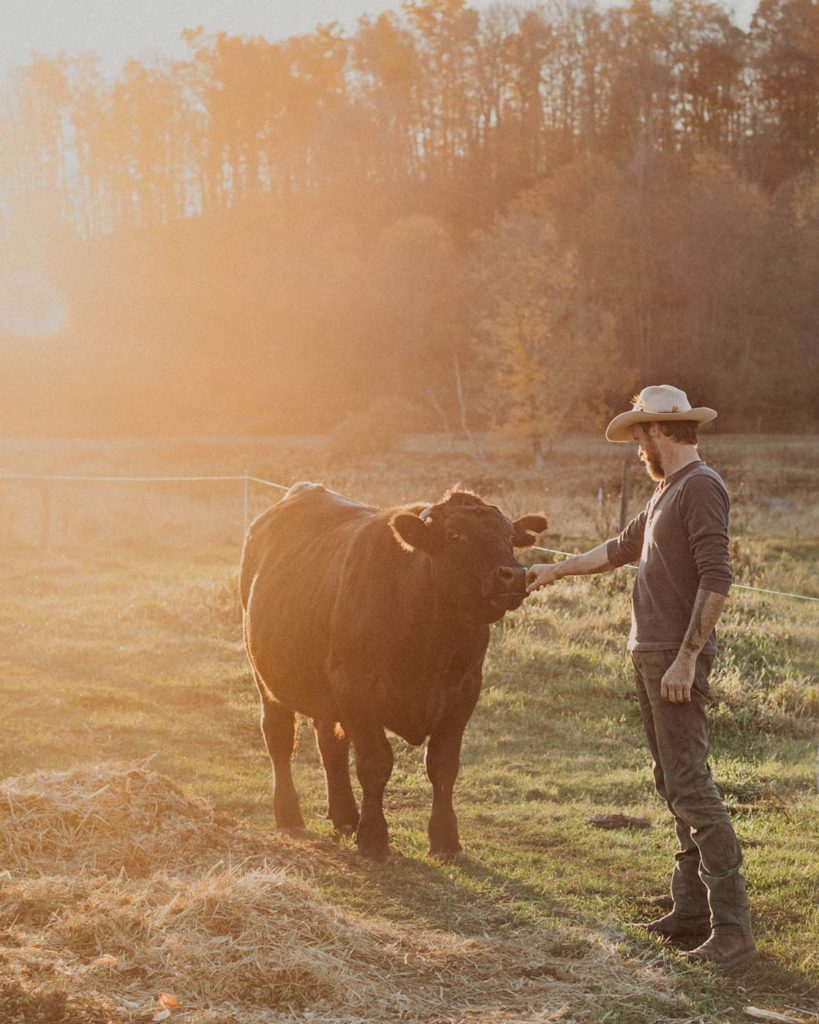
Kavanaugh has come a full circle. The 33-year-old was vegetarian for almost half her life—from ages 5 to 20. “I decided to become a vegetarian because I really wanted to avoid anything that I perceived as death,” she explains. This avoidance of death is one of the main marketing messages of lab-grown meats and one of the most popular reasons for its support among consumers, vegetarians included.
For those who haven’t been following the headlines, lab-grown meat—also known as cultivated, cultured or clean meat—is no longer a fantasy of science fiction but a growing industry fighting for U.S. approval and the attention of consumers worldwide. The meat is grown in laboratories from stem cells extracted from the tissue of live animals. In a nation where plant-based vegetable protein alternatives, such as the Impossible Burger, have flooded the shelves of supermarkets, and many consumers are repulsed by the negative environmental impacts and animal welfare issues of factory-farming, lab-grown meat has the potential to be hugely profitable—if it can get the consumers behind its product.
Does increasing media attention mirror growing consumer interest in lab-grown meats? And, if so, would Colorado chefs consider adding these products to their menus if approved for consumption? For Kavanaugh, the answer is an unequivocal “no.”
“I really don’t look favorably on lab-grown or plant-based meats,” says Kavanaugh, who questions whether these industries are transparent about their own true environmental impacts in their quest to become profitable. “I think there are [people] that are excited about this because it feels like a way to take death out of the equation of eating meat. We are so quick to find all these ‘workarounds’ to avoid death, but it’s inherent in the system.”
Both products may sidestep the slaughterhouse, but they, too, have a long list of negative environmental impacts, including countless deaths of myriad wildlife and the large-scale destruction of natural environments to plant monocrops and build factories, and the use of fossil fuels (and the resulting greenhouse gases) to power the machines and factories.
That relationship with death has guided Kavanaugh throughout her life; it’s what at first prompted her to stop eating meat, and, later, to become a regenerative agriculture advocate who now raises and butchers her own meat. Regenerative agriculture is a conservation-based approach that works to restore soil and ecosystem health by farming and ranching in harmony with nature. As distasteful as death may be, it is an intrinsic part of the natural cycle. “Death is the fertilizer, the ultimate nourishment for life,” she says.
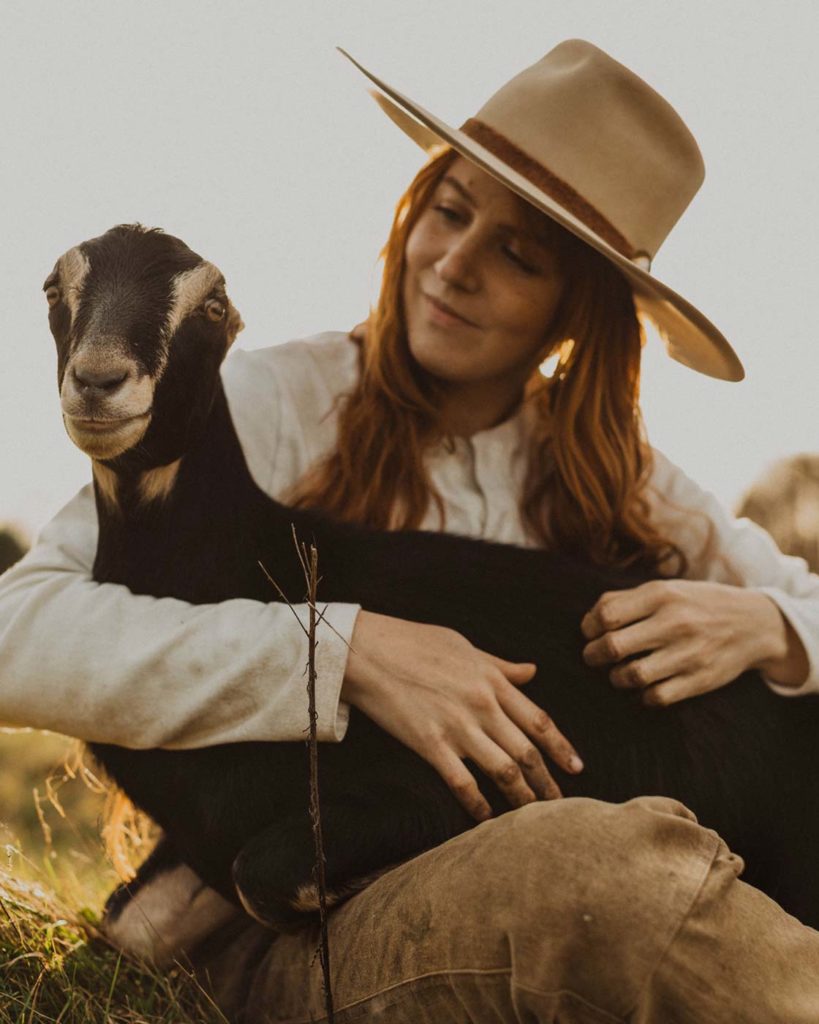
Kavanaugh challenges the claim that it’s possible to offer nutritious food grown in a lab. “It’s not real food,” she says, emphatically. “We can’t synthetically make real food. I am a big advocate of looking at nature as the ultimate genius.”
At Native Foods, a plant-based restaurant chain, lab-grown meat simply would not be an option, says President and CEO Carin Stutz. While the company is a proponent of environmental sustainability and animal welfare through reduced meat consumption, “we are strictly vegan and, therefore, cannot consider this as an option for our menu,” she says. “It blurs the line from an ethical standpoint, and the current forecast on the environmental impact is unfavorable. There are plenty of alternatives for us to choose from without going down this path.”
The demand for vegetarian options has grown dramatically over the past decade, chefs say, and they expect that demand to continue to rise. “In another 10 years, it’s going to be commonplace for restaurants to have plant-based dishes on their menus,” predicts Johnny DePierro, executive chef at Denver’s Señor Bear. Still, other than Native Foods, which offers a proprietary, plant-based meat substitute (with no sugar, chemicals, synthetics or additives) on its casual dining menu, it seems unlikely either plant-based or lab-grown meats will find a place in upscale restaurants any time soon—if ever.
Tofu is the only plant-based protein Paul C. Reilly, culinary director and proprietor of Apple Blossom and Coperta in Denver, has added to his menu. “Right now, I don’t see any room for [plant-based or lab-grown meat],” he says. “It kind of goes against who we are.” Reilly is passionate about serving foods—meat, fish and vegetables—that are responsibly harvested. “Our partnership with local farms and ranchers is what drives our menu.” Even their tofu is locally sourced.
For Reilly, the meals he serves are more than artful and delicious culinary creations. Part of his role as chef and restaurateur involves educating his guests about the food on each dish, whether it’s how a fish was harvested, why he chose a lesser-known fish species, which rancher raised the meat or which farmer grew the vegetables.
“We want to tell the stories of the people who grow, raise or catch our food—why they’re doing it and why we’re working with them,” Reilly explains. “We want to cook harmoniously with the seasons. We’re trying to make a meal that invokes memories.”
That emphasis on seasonality and local ranch- and farm-to-table relationships has grown among Colorado’s restaurants over the last decade. It’s a trend that’s important both for the health of our local economies and the nutritional value of the food we eat.
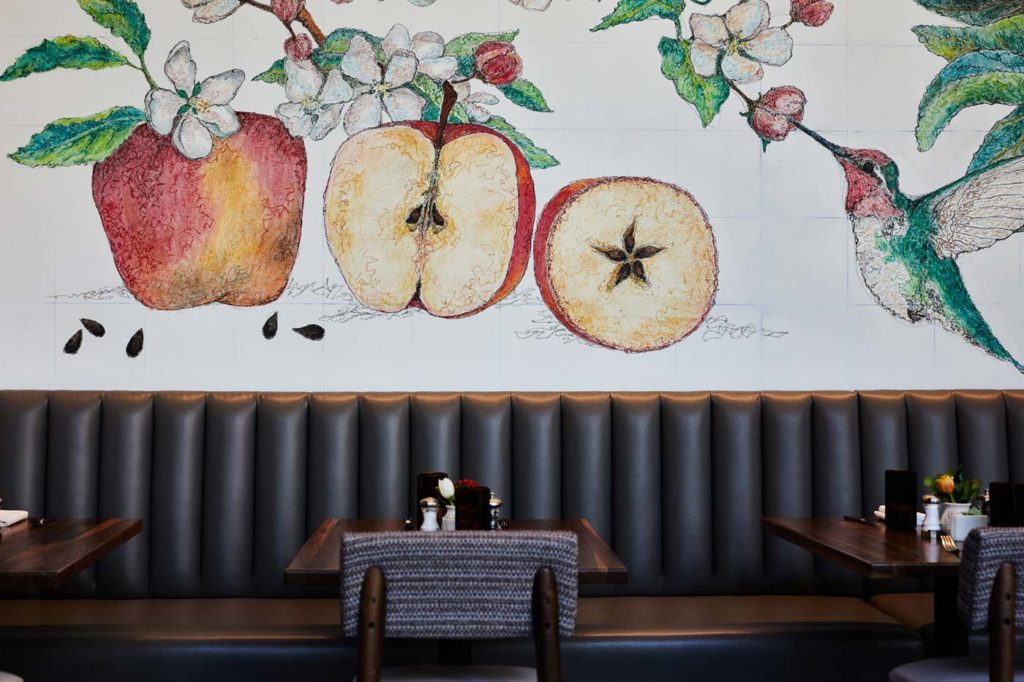
“The farmer-to-chef relationship is a very special one,” agrees DePierro. “Once the guests can see how that relationship can spark something on a plate, they really get behind it. I believe the education at the table, from our servers to our guests, is very important. Whether it was a vegetable or a chicken or a cow or a pig, there is a story to tell. It’s a special relationship, and once you hear the story, and you’re able to eat it, I think it increases the level of your dining experience because you can see the journey from point A to point Z.”
Long relegated to the sideshow, vegetables deserve more attention than they typically receive, says Reilly, which is why his restaurants intentionally added a vegetable section to the menu. It wasn’t about costs or trends; it was a celebration of the vegetables themselves. “I don’t really understand why we’re trying to make vegetables taste like meat,” Reilly says. “Vegetables are delicious and their flavor is often impossible to replicate. To me, there’s nothing like when farmers drop off the perfect carrot or beet or tomato. I don’t know how food can get any better than that. I would put that up against any cut of steak, any fillet of fish. To me, that is the pinnacle of what we can put into our bodies and have it be delicious and perfect for the earth and for our health.”
“I think people are more health-conscious about what they want to put into their bodies,” says DePierro. “Coming out of Covid, we have an opportunity to reshape the hospitality industry, not only with the practices with our guests, but the people we work with and the people from which we source our food.” He is excited to see what the future holds for chefs, their restaurants and their guests, as well as the larger impact those changes will have on animal welfare and the environment. “I think there’s going to be a really positive shift as people [become increasingly] cognizant and conscious about what they are putting into their bodies.”
Whether those conscious choices will include lab-grown meat remains to be seen. Kavanaugh is hopeful U.S. consumers will educate themselves on the true motives and environmental costs of the industry before considering the product.
“As a business and as a human, one of my biggest values is transparency,” she says. “I don’t think we’re seeing any of that transparency within the plant-based or lab-grown meat sectors. I really believe we are at a precipice of change within our food system and we have to step forward very wisely. The two paths that branch out from here go in very directions. I believe it will be very hard to come back to this moment where we have a choice.”

